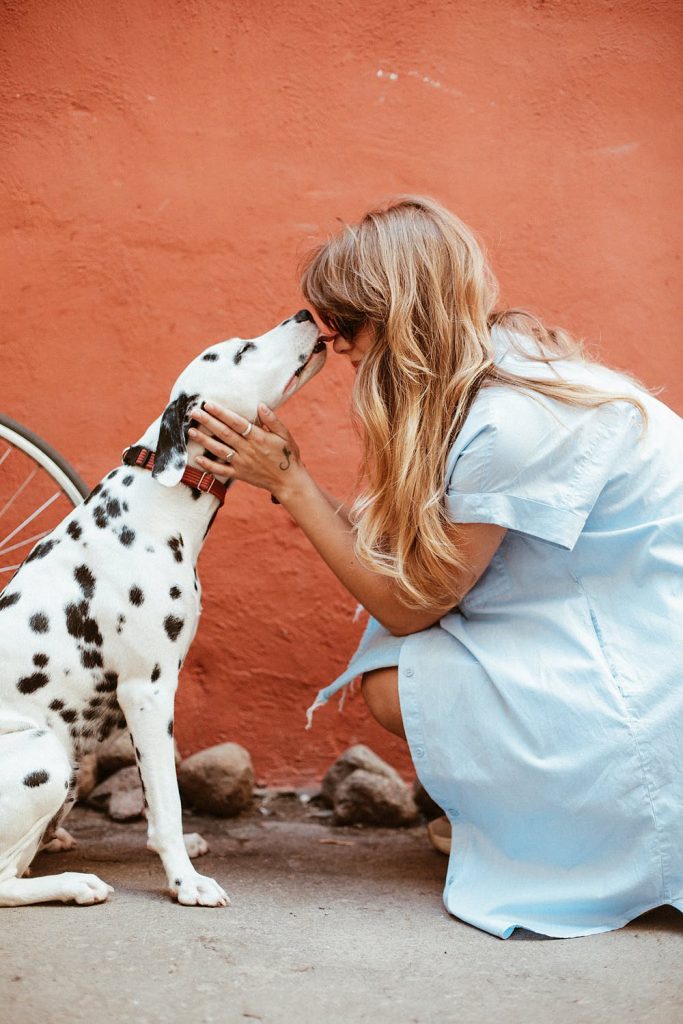As your best friend ages, you will probably be wondering what you can do to maximize his quality of life and keep him around for longer. Here are some helpful guidelines for caring for a senior pet.

When is your pet considered ‘senior’?
The size of your pet plays a huge role in determining when he or she is considered to be ‘senior’. For example, when it comes to dogs, smaller breeds will often only reach ‘senior’ age when they turn nine or 10, while larger breeds are usually considered ‘senior’ as early as when they are around five or six. Most cats are considered ‘senior’ when they are between seven and 10 years old.
Change his diet
Senior pets have different dietary requirements compared to puppies/kittens and adult dogs/cats. For instance, most seniors will become more sedentary as they age, and this means that they will need fewer calories per day. Many senior pets may also begin to suffer from bouts of constipation, which is often linked to reduced activity, hence the reason why a high-fiber diet is also important. Some senior pet food also contains richer and better quality sources of protein.
Watch out for changes in behavior
It is important to have a great vet, like Heart and Paw, on speed-dial as your pet gets older as this is the time when they are more likely to develop certain conditions. You will need to watch out for any symptoms or changes in their behavior, such as eating or drinking less frequently, changes in bowel movements, increased water consumption, and increased agitation or anxiety. The moment you notice any of these changes, consult with your vet for advice.
Visit your vet regularly
Along with seeing the vet when you suspect possible problems in your senior pet, you should also visit them for regular check-ups. That way, he or she will be able to work to prevent numerous conditions and ensure that your pet is not in any pain. These regular check-ups will also provide you with maximum peace of mind.
Exercise
Your pet may feel less inclined to exercise now that he is older – but that doesn’t change the fact that it is still good for him! Play with your cat as often as you can and take your dog for frequent walks. However, it is essential that you keep an eye out for signs that your pet is experiencing any pain when exercising. Arthritis is an especially common concern in aging animals. In fact, one in every four dogs is diagnosed with some form of arthritis in his lifetime, and over half of all cats over the age of six have arthritis in at least one joint.
Symptoms of arthritis include the following:
- Reduced activity
- Limping
- Problems sitting, standing, or climbing stairs
Special diets and anti-inflammatory medication can help to ease the pain and stiffness associated with the condition.
Make him comfortable
As your pet gets older, he may begin to feel various aches and pain that will reduce his comfort levels. You can counteract this by making your home ‘senior-friendly.’ Buy him an orthopedic bed, keep him warm with a blanket or a jacket, and ensure that he can access his food and water with ease. Follow these tips and your beloved pet is sure to enjoy golden, rather than gray, years ahead of him.
